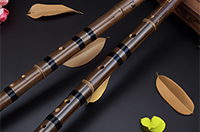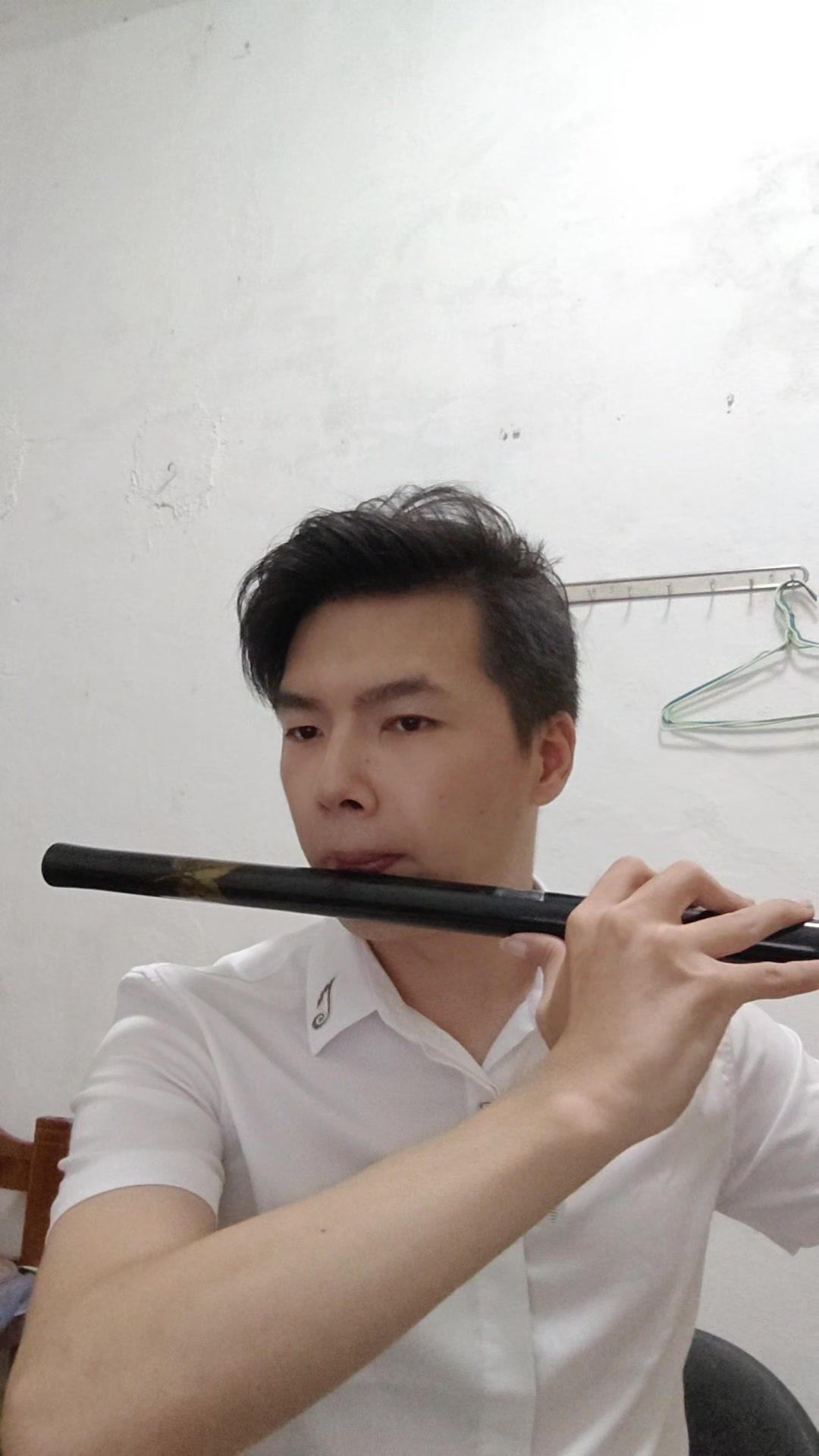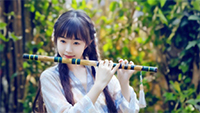on my favourite instrumentI like different kinds of musical instruments,but the one I like the most is the many people know about sita because it is an Indian is shaped like a violin,only that sita is small and more really makes a sita different from the rest of the instruments is that its sound is so clear and melodious it makes you almost feel like you are listening to water running smoothly over a flat you listen to any music that is composed using a sita,you feel a kind of tranquility and peace sweeping over you and you would think the world is so peaceful and my favourite musicMy favourite type os music is people love blues for its peacefulness and tranquility,but I can hear something different from every blues can be quiet,they can also be ,the main characteristic of blues music is indeed its soothing makes you feel as if you are all alone in the world and there is nothing more important to do than to lie down and enjoy I am too pressurised by the constant hassle of daily life that I choose blues music as a kind of remedy for my tired body and mind.
对于中国传统乐器的分类简介 请您帮助用英语翻译一下
CHINESE MUSICAL INSTRUMENTSThere are many deep traditions of the bowed, plucked, wind, and percussion instrument families, and many in these families of instruments are listed here below. These instruments are used for traditional music, classical music, folk music, and modern music and compositions (there are also many other older instruments used by the many Minority groups in China). (NOTE - all of the tunings listed in the bowed and plucked instruments are from the lowest pitched strings to the highest - and the word qin 琴 means instrument): Bowed 二胡 - the Chinese two string violin with metal strings, tuned a fifth interval apart, to D and A, or sometimes to C and G. Huqin is the name for this family of Chinese bowed instruments; and qin is the general name for an instrument. It is called nanju (or the nanhu 南胡 ) by Cantonese and Taiwan people.. 京胡 - the Beijing Opera two string violin pitched one octave above the erhu. The soundbox is made of bamboo and the strings are usually metal; traditionally the strings were silk, and silk strings are occasionally still used. The strings are tuned a fifth interval apart. 高胡 - the soprano version of the two string erhu, tuned a fourth interval higher than the erhu, with metal strings tuned a fifth interval apart. 中胡 - the deeper viola version of the two string erhu, with metal strings tuned in fifth intervals; and tuned a fourth or a fifth lower than the erhu. 革胡 - the deeper cello version of the two string erhu, with metal strings tuned a fifth interval apart. Bei gehu 倍革胡 is the big deeper bass with four metal strings tuned in fifth intervals. 四胡 - an erhu type instrument with four silk strings tuned in fifth and fourth intervals, to C-G-C-G, or D-A-D-A. It sounds much like the human voice, and it has a bow which has two simultaneous bowing parts. 大擂 - an erhu type instrument with the soundbox made of copper, tuned lower than the erhu, also sounding much like the human voice, with two metal strings tuned a fifth interval apart; traditionally they were tuned a fourth interval apart. 板胡 - a loud erhu type instrument made of coconut, with two metal strings tuned in fifth intervals. (or the Nanhu 南胡 ) - the Cantonese opera erhu, with two metal strings tuned a fifth interval apart. 马头琴 (or in Mongolian, the Morin Huur, the Morin Khuur, the Morin Xuur, the Morin Khor, or the Marinhur, or the Chaoer in eastern Mongolia), the Mongolian deep sounding two string bowed instrument that got its name from the carved horse head by the tuning pegs, with nylon or metal strings, and traditionally with horsehair strings, and they are tuned a fifth interval apart. There are three different sizes, like the Western violin, viola, and cello. Traditionally in eastern Mongolia the fingerboard is played normally like a violin, and the instrument is also called the Chaoer, but in western Mongolia, traditionally the string is played where the bottom of the nail meets the skin of the finger, so that the sound is produced with both the nail and the finger. Di Matouqin 低马头琴 - the bigger and lower pitched Matouqin, also tuned in fifth intervals. Plucked 琵琶 - the four string Chinese fretted lute, with metal strings, and occasionally with silk strings. It is tuned G-C-D-G, or A-D-E-A. 柳琴 - the small pipa, the Chinese fretted lute, with three or four metal strings. It has either three strings tuned G-D-G, or four strings tuned G-D-G-D; and the four strings can also be tuned in fifths like a Western violin, to G-D-A-E. 月琴 - also called the moon guitar, played with the Beijing Opera, a banjo-like fretted instrument with three or four metal strings. It is tuned A-D-A, or G-C-G, or D-A-D, or C-G-C; or with four strings, it is tuned D-A-D-A, or C-G-C-G. 阮 - similar to the yueqin, but it has a hollow soundbox and a longer neck. It has three or four metal strings and is fretted. Xiaoruan 小阮 has three strings tuned D-A-D, or four strings tuned D-A-D-A. Zhongruan 中阮 , the medium lower ruan, has four metal strings tuned D-A-D-A, or to G-D-G-D; or tuned in fifth intervals like the Western cello to C-G-D-A, and it is fretted. Daruan 大阮, the big bass ruan, is traditionally tuned D-A-D-A, and in modern times it is also tuned in fifth intervals like the Western cello C-G-D-A, and it is usually bowed. 三弦 - the three string unfretted lute with metal, or gut, or nylon strings, with a long neck and made of snake skin. This instrument is also played in Japan, and it is also the main instrument for traditional music in Okinawa. It is tuned C-G-C. 扬琴 - the hammered dulcimer, called the Butterfly Harp. 古琴 - (or the qin), the ancient seven string Chinese zither with metal strings wrapped with nylon, played by sliding the fingernail up the strings. It originally had five strings, and was called the qin, meaning instrument, or stringed instrument; and the term gu means ancient. The standard tuning (listed in the key of C) is G-A-C-D-E-G-A. Another very common tuning (for the key of F) is C-D-F-G-A-C-D, and there are many others. 古筝 (or the Gu-Zheng, or the Zheng, or the Cheng), the Chinese zither/ harp with 16 to 25 strings and a moveable bridge. The 18 string and the older 16 string ones have metal strings and the 21 to 25 string ones have wire strings wrapped with nylon. Traditionally the older instrument had 13 strings made of silk, and that one was the ancestor of the Japanese Koto. The two most common tunings are the C pentatonic scale (C-D-E-G-A), and the G pentatonic scale (G-A-B-D-E); the pentatonic scale has the first, second, third, fifth, and sixth degrees of the scale. 箜篌 - the vertical guzheng, the Chinese zither/harp, somewhat like a Western harp, with four pedals, and it usually has five or six octaves. It has metal strings wrapped with nylon in the lower section, and the higher strings are sometimes metal. 瑟 - the ancient 50 string zither with a moveable bridge, which is no longer played. It may have been the forerunner of the guzheng, the Chinese zither/ harp (see related article). It had silk strings. Zheng 蝴蝶筝 - somewhat like two guzhengs combined, sometimes called the butterfly guzheng, which is a recent invention, but rarely played. It has metal strings wrapped with nylon, and some of the high strings can be metal. It has a set of 25 strings tuned normally to a pentatonic scale on the right side (with the first, second, third, fifth, and sixth degrees of the scale - in the key of C those notes are C, D, E, G, and A), where the bridge is moveable; and on the left side of the bridge, with notes that cannot be bent (and without a moveable bridge), a set of strings is tuned in half steps to all twelve chromatic Western pitches within the octave; also the left side has some pairs of strings that are tuned to the same notes that correspond to the notes of the strings on the right side of the bridge that are in the pentatonic tuning. (or the Koxianqin 口弦琴) - the Mongolian jaw harp with one or two metal reeds, played by holding it in the mouth and changing the tones with the mouth cavity. 独弦琴 - an old one string instrument with a metal string supported by a wood bow, played by plucking the string and bending the wood bow. Wind 埙(or the Huin, or the Hsuin, or the Hsun) - a clay wind instrument with eleven holes. It was revived by the Guzheng master Cao Zheng in the early 1970s, and it became very popular again in 1998. 笛子 - the horizonal side-blown bamboo 箫 (or the Hsiao) - the vertical bamboo 排箫 - Chinese 笙 - the bamboo mouth organ, blown both in and out. It was the ancient ancestor of the Western harmonica. Diyinsheng is the big mouth organ with 48 葫芦丝 - made of bamboo or another plant such as straw grass, and played like a mouth organ, blown both in and out. Shuangguan Hulusi is the double-reed 巴乌 - the small and deeper sounding bamboo 管子 - the short cylindrical-bore oboe type older flute, made of wood. Shuangguan 双管 is a double-pipe flute made of 唢呐 - Chinese trumpet, further specialized into gaoyinsuona, the soprano trumpet; zhongyinsuona, the lower trumpet; and diyinsuona, the bass trumpet.这样应该挺具体的吧,嘿嘿·




![刚练两小时 [s-45]](https://cos.zhudi.net/user_files/3/publish/video/77037429_1731719556.jpg)
![熬爆香会 [s-54] [s-54] [s-54]](https://cos.zhudi.net/user_files/50/publish/video/19896828_1721801630.jpg)

![[s-42] 1 分钟后有搞怪 [s-25]](https://cos.zhudi.net/user_files/50/publish/video/81800933_1720865891.jpg)
![练了两分钟科目三 [s-5]](https://cos.zhudi.net/user_files/3/publish/video/49996055_1720334071.jpg)





请登录之后再进行评论